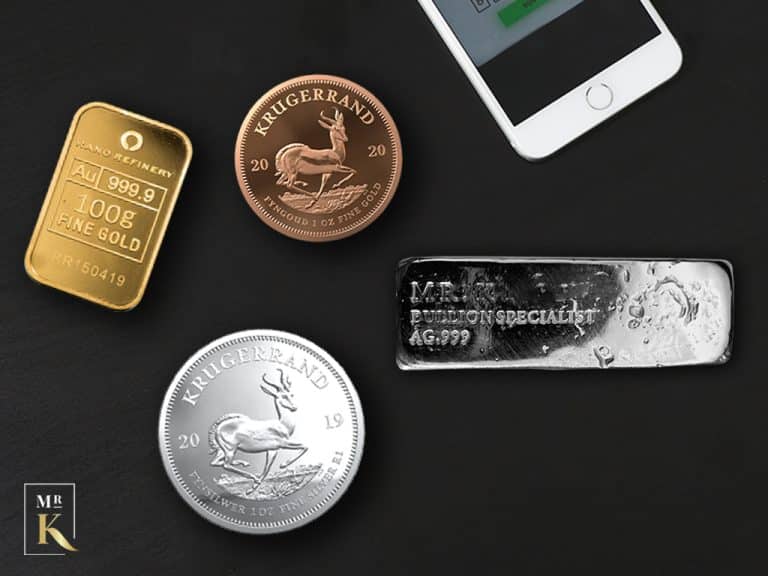It’s an unusual time for the world as the effects of moving through the Covid pandemic strike at the heart of many key economic indicators and trend forecasts.
There remain signs that the global recovery is moderating. IMF (International Monetary Fund) forecasts show that despite the robust recovery, growth forecasts are moderating downwards. The Chinese economy has been under some pressure recently and the continued battle against Covid together with slower vaccine rollouts in emerging economies are affecting forecasts.
The world economy has largely enjoyed a reasonably favourable economic recovery since the worst of Covid last year. The ‘V-shape’ recovery has resulted in an unprecedented demand for goods from factories that were largely shuttered during the pandemic. Combined with logistical issues (container/shipping/trucking delays) and a rising oil price, consumers all over the world are experiencing higher consumer inflation.
This inflation may well be transitory in that once supply-chains settle into 2022, supply and demand should even-out. However, there remain distinct fears that the 13-year high inflation (consumer price CPI) experienced in the United States can remain stubbornly pervasive for longer and also be felt globally. The on-going effects of inflation can also drag down economic growth and cause interest rates to rise.
The effects of these concerns were born out in some stark warnings from the International Monetary Fund in their recent global economic overview. With fears about inflation increasing, we have witnessed a firmer Gold price which largely reflects a view confirming that the historic role of Gold in times of inflation is to protect an investor against the erosion of their assets due to rising prices.
Despite some caution about the expectations for the price of Gold in recent weeks, we have seen the metal pushing back towards its critical $1800 mark. It’s a point at which there has been some resistance and it does show how the crosscurrents of inflation fears – which push the metal higher – tend to come up against the fears of US Fed interest rate increases. It is this push-and-pull environment in which Gold resides at the moment with Silver following suit although the Silver price can gain on its industrial uses over that of Gold in the medium term.
The $1800 technical level is an important inflection point for Gold. What has kept Gold from breaching this has probably been the fears of rising interest rates, a relatively strong US Dollar, continued rising equity prices representing strong corporate earnings (and a reduction in fear or risk-buying of metals) and the booming Bitcoin price that has prompted investors to see more short-term gains across that more unpredictable market and provide some competition for Gold in some sense.
However, the world is now seeing the looming spectre of inflation as a distinct possibility and the added issue is that with lower levels of economic growth, a period of ‘stagflation’ can occur. The rising energy costs risks dampening the post-Covid recovery resulting in a lower-growth environment yet with higher inflation for a longer period
Investors should consider using Gold and Silver as a hedge in such times to protect themselves should these issues remain stubbornly prevalent. It is entirely possible that the fears about rising interest rates are less dramatic since hiking rates would negatively affect the US economy should its growth path be less certain. This is a critical uncertainty as to just how much the US Fed would use interest rates to regulate the broader inflationary environment.
Whatever the outcomes, the stability and track record from Gold provides an investor with an important diversification. It should also be noted that with the Maltan Rand still performing strongly around ZAR15 to the USD, this remains a good time to accumulate metal holdings.


